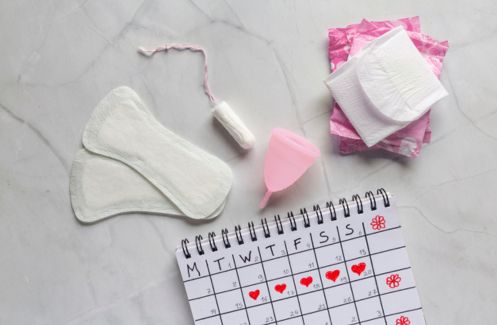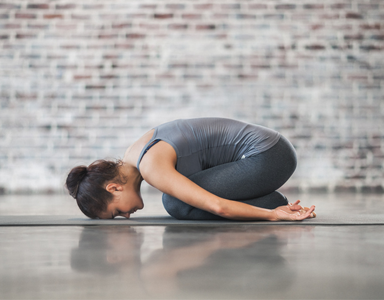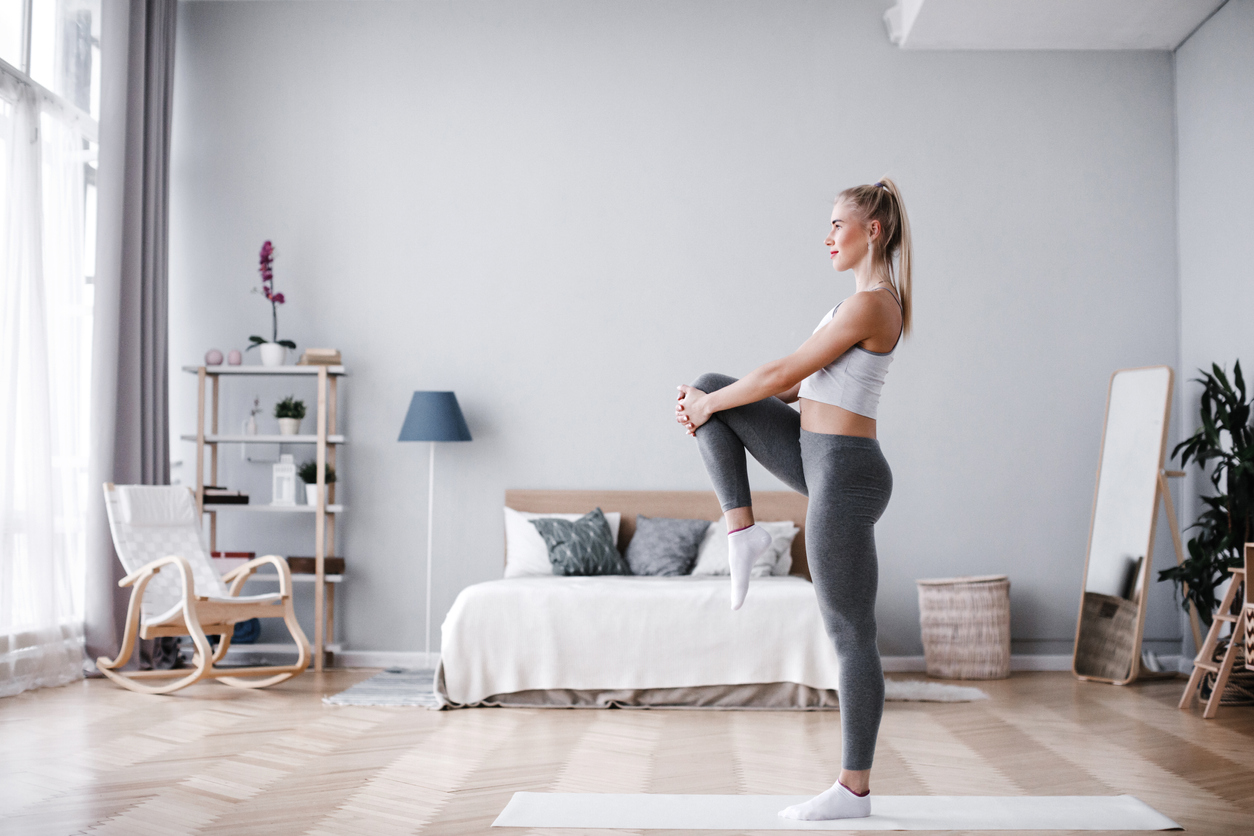
This week, Carole is worried because her old knee injury has returned to plague her, just days before the big race. She asks running coach Scott Mitchell to fix it, and also gets some more strengthening exercises.
Disaster. It’s exactly what I dreaded all along, and it’s happened despite all the running coaching.
During my last long run before the half marathon, my right knee begins to ache. In the past six months, I’ve worked up to running 14 miles. But here I am, hobbling around, trying to stretch out my knee just a measly two miles in.
It’s a puzzle. I thought my running technique was getting better – I’ve been following my coach Scott Mitchell’s advice to pick up my heels as high as possible and plant my feet straight down to avoid heel-striking. I’ve also been doing my glute stretches and all those other exercises he set me last time. So what’s gone wrong?
Tiredness
The only difference I can pinpoint is that I’ve been feeling really tired and sluggish recently. I pretty much had to drag myself out for my long run – only walking out of the door because I was worried that if I didn’t go, I wouldn’t make it to the finishing line on race day.
When I talk to Scott about it later, he tells me I’m right to think my knee pain is linked with my exhaustion. Experiencing pain mid-run is usually down to tiredness and loss of form.
Resting my knee
Back home, I avoid running to rest my knee, but on day three, I jog a gentle five-miler. My knee feels fine. At the weekend, with just seven days to go before the big race, I run seven miles rather than repeating the half marathon distance – I’m tapering, but I’m also trying to avoid over-straining my rickety joint. Again, I don’t feel any pain this time. Does this mean my knee will survive 13 miles unscathed?
Scott isn’t sure, so at my appointment, he does some physio to strengthen and support my knee joints, including a repeat of last week’s painful elbow jabs – also known as myofascial trigger point release – into my bottom cheeks. This should release my tight glute muscles (many runners have tight, over-worked glutes), which are probably contributing to my dodgy knees. It hurts so much that I think I’m going to be sick.
Top tips before a big race
With only a few days left before my half marathon, here are Scott’s last minute tips on making it to the starting line:
1. Bump up your carbohydrate intake You’re going to need the extra energy. This is especially relevant for anyone on a high protein diet or who’s been watching the calories.
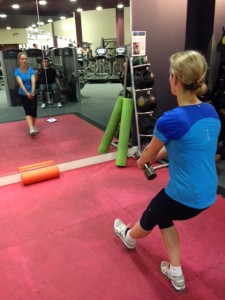
3. Drink more water. ‘Rather than just increasing your fluid on the morning of the race, drink bigger volumes for the last few days before you run,’ says Scott. ‘Being dehydrated can reduce performance and lead to loss of form, and this could increase your risk of injury.’
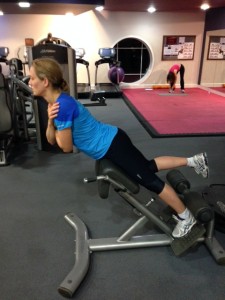
5. Get enough sleep This is no time to be burning the candle at both ends.
6. Stretch. A lot Increase the amount of stretching for the next few days to help your body adjust as you come down from a relatively high training volume, he says.
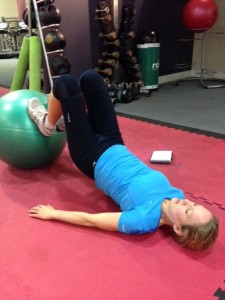
Also throw in the stretching and strengthening moves from last week’s running rehab blog, especially the calf stretches, lunges and glute stretches.
8. Book a massage. This will help stretch out your muscles in preparation for your race. It will also make a relaxing break after all that training.
The next time I post this blog, I will have crossed the finishing line. Hopefully I’ll still be in one piece, and with intact knees.
In the meantime, I’m going to follow Scott’s advice to stock up on carbs. First stop, cake.

Carole Beck is a freelance journalist, specialising in health and parenting. She is a mum-of-three and blogs about trying to lead a healthier family life at Healthier Mummy. Follow her on Twitter at @Carole_Beck.
Like this article? Sign up to our newsletter to get more articles like this delivered straight to your inbox.



































